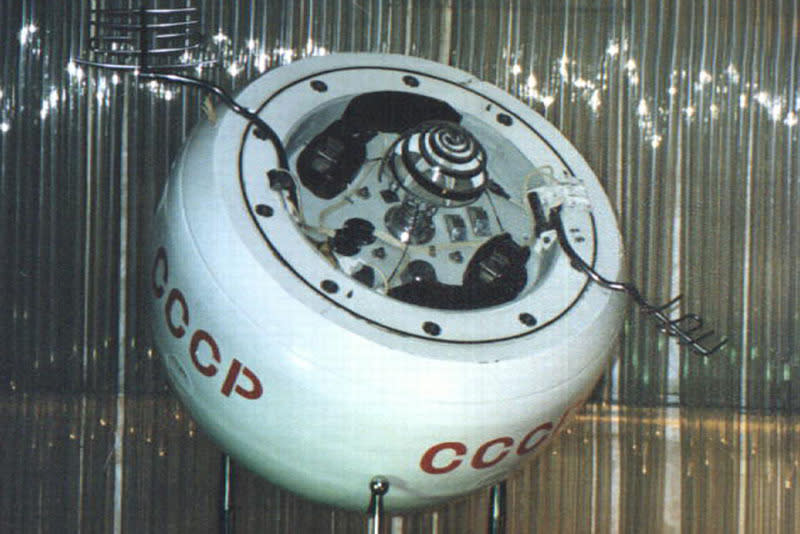Kosmos 482: The Soviet Venus Probe Returning to Earth After 50 Years

Kosmos 482 is making headlines once again—this time, not for its historic ambitions, but for its imminent return to Earth. Launched in 1972 as part of the Soviet Union’s efforts to explore Venus, Kosmos 482 never reached its destination. Instead, a rocket malfunction left it locked in orbit around our planet for over half a century. Now, experts predict that this relic of the space race is finally set to plunge back to Earth, raising curiosity and concern around the globe.
The Mission and Mishap
Kosmos 482 was originally designed to endure the intense conditions of Venus. Its robust construction reflected the difficulty of landing on a planet with a hellishly thick atmosphere and extreme surface temperatures. According to Yahoo News, the spacecraft was meant to be a part of the Soviet "Venus 9" mission. However, a failure in its upper-stage rocket during launch in March 1972 meant that, instead of heading for Venus, the probe was stranded in an elliptical Earth orbit.
This practice wasn’t uncommon for the Soviets at the time. Instead of admitting mission failure, such wayward spacecraft were re-designated under the “Kosmos” series name. As explained by astronomers, Kosmos 482 has spent decades circling the Earth, its fate a quiet footnote in the annals of space exploration—until now.
Why Is Kosmos 482 Returning Now?
Satellites and spacecraft in low Earth orbit eventually succumb to atmospheric drag. Each orbit, their energy diminishes, gradually shrinking their path until they can no longer maintain orbital speed. Kosmos 482’s main probe and rocket stage reentered the atmosphere decades ago. But the probe module was built to survive the extremes of Venus, making it incredibly resilient to reentry effects. As a result, it has remained in space for over 50 years, outlasting most orbiting debris.
With drag steadily lowering its orbit, experts now predict that the half-ton Kosmos 482 will make an uncontrolled reentry. However, pinpointing exactly where and when it will land is notoriously difficult—window estimates span thousands of miles. Astronomers warn that its landing could occur anywhere from the north of London to the South Atlantic, but the specific time and location will remain uncertain until moments before impact.
Is There Cause for Concern?
The chances of Kosmos 482 causing harm are slim. Most of the Earth's surface is covered by water, and large areas of land are uninhabited. As noted by NPR, most satellites burn up on reentry, and only a small portion of debris ever reaches the ground. What makes Kosmos 482 unusual is its heavy-duty design, created to handle a Venusian atmospheric entry. Its core may survive passage through Earth’s atmosphere and hit the ground largely intact.
According to ABC News, the spacecraft’s parachute system is long dead, and the main module could hit at considerable speed. Still, history shows that such incidents almost never cause injury or significant property damage. International law, specifically the "liability convention" in space law, dictates that Russia would be responsible for reparations if Kosmos 482 caused any harm upon landing.
The Legacy of Kosmos 482
Kosmos 482 stands as both a testament to the ambitions of early interplanetary exploration and a symbol of space technology’s longevity. Its unexpected journey—spanning half a century in Earth’s orbit—serves as a reminder of the challenges and surprises that come with humanity’s push into space.
If you’re curious to track this story as it unfolds or wish to learn more about the satellite’s harrowing return, check out detailed coverage at Yahoo News, a summary from NPR, or watch video reports on ABC News.
Conclusion
With Kosmos 482 poised to make its fiery return, we are reminded of the enduring traces left by our ventures into space. Most of the time, satellites perform their silent work and fade away. Sometimes, they come back in spectacular fashion, telling the story of past ambitions and unfulfilled missions. Stay informed, and keep looking up—you might just witness a piece of history blazing through the sky.